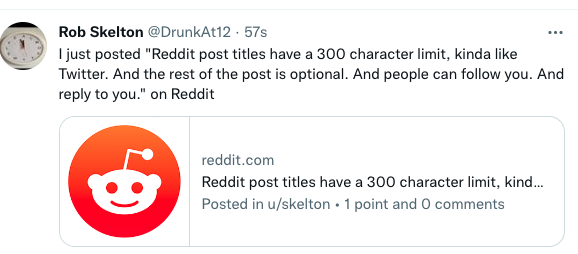It began with a minor feature that few people cared about, and became a key player in the digital world. Google Situ un-tethered us from personal devices, and introduced shared devices with interchangeable users.
There are two important factors that led to Situ:
Devices and screens with the minimum acceptable functionality are getting cheaper and cheaper – for example a Chromebook. It doesn’t need to be any better than it is now, for most things it is used for. So as technology improves, it will become cheaper. Likewise any tablet version. We are starting to see such devices used as menus and ordering systems in restaurants. They will become so cheap and ubiquitous that nobody will steal them because everybody already has one or three.
Personalization of devices keeps expanding. When we turn on Netflix it asks which profile to use. That is just the beginning. Soon we will have profiles for the family car, depending on who is using it. The home Spotify stereo system will ask who is using it, so as to access their playlists. The thermostat will adjust according to who is in the house and what their preference is…
Phase 1 – the cross device Chrome experience
For some time it has been easy for a Chrome browser to use multiple profiles, and you can easily switch from one to the other. So far, that has been aimed at people wanting to, say, switch from their business persona to their personal one.
But before long, when people hire an electric car (or use a share car) and of course it has Android Auto, they will want to log in and have it knowing who is driving. And logging in will be cumbersome.
But before that, so as the competition didn’t see it coming, Google started with the browser experience. And adjusted it to suit the new hybrid work models. Millions of people are now suddenly expected to cart a laptop from work and back, because sometimes you work from home. How does that fit with after work drinks, or going to the gym before work?
Google Situ frees you from bringing your laptop with you. It is a dongle with 2FA that carries where you are at, your “situation”, with you. Plug it in to any Chromebook and carry on where you left off. So that means one Chromebook at home, and one at work. It is especially suited to hot desking and pooled computers – just grab any one from the stack at the entrance.
Going overseas? Just use any Chromebook when you arrive, no need to bring it with you. Need to work on the plane? Use the one that comes with your seat.
This will be a hit with people who work in tech and early adopters. It will be known to some degree by most of the public, but not used by them.
Phase 2 – recognizing you
Dongles are OK, but Chromebooks are notoriously short on places to plug in something, so Google will offer multiple ways of letting a device know it is you whose profile/situ they should be using. Each will need some form of bio-identification in case someone steals it. Face scans would be fine.
All do the same job, and some people might own one of each, to use depending on the environment. Going to a rock concert or for a run, you’d probably choose a wearable. Each could have other functions, but they also have Situ functionality, which when brought up close to a Chrome screen (which before long will be a Situ screen), will adjust everything to what your needs are.
I expect such devices would be initially registered by jumping through some hoops, but otherwise, as long as they regularly bio-identify you, nothing more needs to be done. Maybe a pin code needs to be entered onto the device you are using – easy.
Phase 3 – the fun begins
Now you have something as simple as a ring to identify you… use your imagination:
- concert or flight tickets
- smart TV profile
- see your playlists on a stereo at a party
- adjust the driver’s seat of a car
- McDonalds remembers your favorite order when you use the ordering screen
- security access to work
The key is easiness. No need for apps, no need to carry a phone, no logging in.
Screen = monopoly
If the experience is dependent on a Situ screen, a monopoly can occur (security can be an excuse, as Apple does currently). For example, every train and plane will have a screen on the back of the seat in front of you, to login and use In Situ. It won’t have an Apple screen and a Google screen and a Microsoft screen. It will have one screen.
Now keep in mind, this is just hardware, unlike the app and browser wars of the past. You can access anyone’s product within the Chrome experience. For Netflix and Spotify it is simply knowing who you are for convenience, not changing the experience or who you pay.
But because Google is controlling an entire ecosystem, it can milk aspects of it, just as it does now.
I think this is the first time I have predicted a product, and its name 😉

